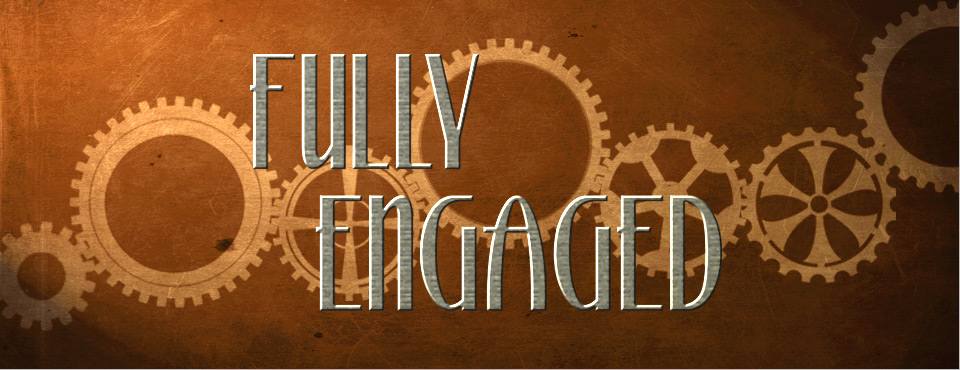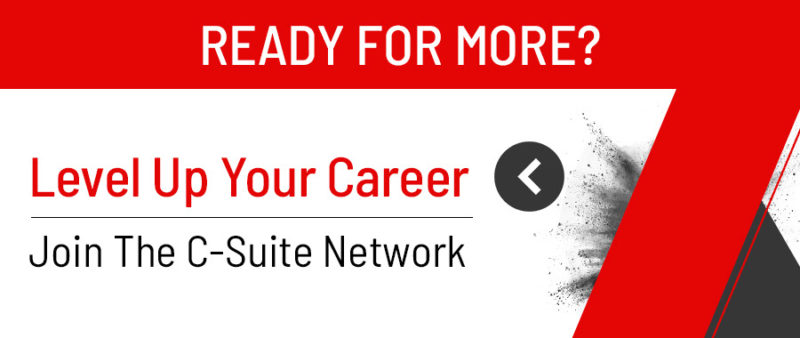
Employee Retention and The Emotional Connection
Employee Retention and The Emotional Connection https://csuiteold.c-suitenetwork.com/advisors/wp-content/uploads/sites/5/2022/04/fully-engaged.jpg 960 370 Mark Hinderliter https://secure.gravatar.com/avatar/8be13cd9482c8f3e6594f8b51001ca4b?s=96&d=mm&r=gThe virtual and hybrid workplaces are eroding the emotional connection people feel for their teams and companies.
The Double-Edged Sword
There are certainly upsides that come with the evolving workplace. Some people prefer the flexibility of the virtual workplace. It saves time, money and the wear and tear that come with commuting. Effective and efficient platforms like Zoom, Teams, and other allow collaboration across time zones and geographies.
The big downside is the loss of personal connection with colleagues that can enhance communications, collaboration, and the enjoyment of the job. I believe the greatest downside is the loss of emotional connection to the company. With little to no emotional connection to the company, it is now much easier for employees to leave the company for another job. It is now simply a transactional decision. Welcome to the Great Resignation.
Two Strategies for Creating an Emotional Connection
Purpose. I read recently that Facebook is experiencing increasing turnover. Employees who once saw this as an opportunity to work with cutting-edge technology, are now seeing Facebook as just an advertising machine with no noble purpose or values. Studies show that today’s workforce want to work for companies that have a purpose that they resonate with – something deeper than just the bottom line. The connection becomes even deeper when people feel like their job has a purpose that they resonate with. They see a linkage to their job and the company’s purpose. Or it may be more personal. A manager with a client company recently told me that he saw his purpose as a manager is to help people be successful and have rewarding careers. That purpose provides a deeper meaning to this manager beyond the day-to-day activities. The leadership lesson here is to be clear about the larger purpose with your own role, and help your people find the deeper meaning within their roles.
Fully Engage People.
For at least two decades Gallup and other survey companies annually report that 65-70% of employees across all industries are NOT fully engaged. The are direct linkages to lower levels of performance and retention. The trend to the virtual and hybrid workplaces may risk more at risk of lowering engagement. I believe the antidote is engaging the whole person – hearts, minds, skills, and abilities.
- Engaging the heart. The heart is where emotions live. Joy. Fulfillment. And their opposites. A common desire in every workplace is the feeling of being valued. Respected. That our contributions are appreciated, and that they matter. Leaders can engage the heart in many ways. Expressing heartfelt appreciation to people for their contributions. Recognizing going the extra mile. Communicating with people and teams why their work matters. Celebrating achievement. Telling success stories that engage the heart. The ultimate test is simply this: Do people under your watch feel valued, respected and that their work matters?
- Engaging the mind. This is where knowledge and experience lives. It is the source of our creativity, ideas and problem-solving skills. Leaders that engage the minds of people value that potential. John Maxwell, best selling author of over a dozen leadership books, proclaims, “Good leaders ask great questions.” Great questions can tap into the minds of people to bring out their full potential. Not surprisingly, the more people feel like their knowledge and ideas are valued, the more they are willing to offer them.
- Providing development. Research about today’s workforce reveals that they want to work for companies that will provide development. It is a win-win-win. When we invest in people, they feel valued. Their skills grow. The company benefits from the expanded skill-set. Companies don’t have to have corporate universities as much as a mindset that developing people is part of every leaders role.
Chris’ story.
I used to work with a colleague named Chris. Chris was smart, committed and had a great sense of humor. Chris was an excellent teammate and contributor and was fully engaged. After a change of leadership, I left the company we worked for, while Chris remained. This new leadership was all about the bottom line and the stock price. They gave lip service to valuing people. The culture suffered. The bottom line and stock price went into steep decline. One day I called Chris and asked, “How are you hanging in there?” Chris’ answer was revealing. “I keep my head down and mouth shut.” A once highly-engaged person was now focused on meeting expectations, and nothing more. Chris explained that it was simply too risky in this new environment to point out problems and offer solutions. Chris’ emotional connection to the company was gone. The good news is “people-first” leadership is back in place and Chris’ emotional connection to the company has been reestablished and is once again engaged and committed.
Conclusion.
The workplace is filled with people like Chris. As leaders, our ability to engage the hearts, minds, skills and abilities of people can create an emotional connection to the company, and result in high levels of engagement, performance and retention. As with Chris, the emotional connection is not static. It is dynamic, and as leaders, we have to keep engaging the hearts, minds, skills and abilities of our people and connecting them to a purpose they resonate with. Otherwise, people may stay and check out as Chris did, or be part of the Great Resignation. Like most everything else in business, the emotional connection (and engagement) rises and falls with leadership.
Dr. Mark Hinderliter works with clients to develop people strategies that align with their business strategy. His experience as a Senior Vice President for a billion-dollar global enterprise along with a PhD in Organization and Management are a unique fusion of real-world experience and academic credentials. His superpower is leadership development.
Mark is a United States Army Veteran. He is the creator of the leadership program Diamond Quality Leadership, Leadership Skills for Today’s Workforce, and the host of the bi-weekly LinkedIn Live event called, “The Great Retention.”
You can follow Mark on LinkedIn at https://www.linkedin.com/in/markhinderliter/




